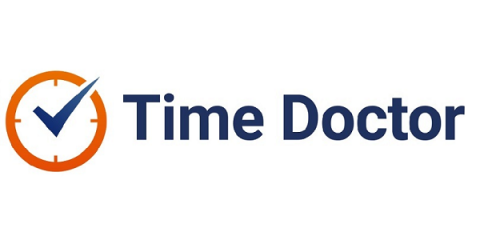The top 5 mistakes in team structure and how to prevent them
Team structure mistakes can significantly impact the success of an organization. They dictate how decisions are made, communication flows, and tasks are assigned. Despite good intentions, teams often overlook fundamental structural errors, decreasing cohesiveness and productivity. In this article, we’ll explore the foundational aspects of team structure, identify the top five mistakes, and provide actionable strategies to avoid them, ensuring optimal teamwork and organizational effectiveness.



